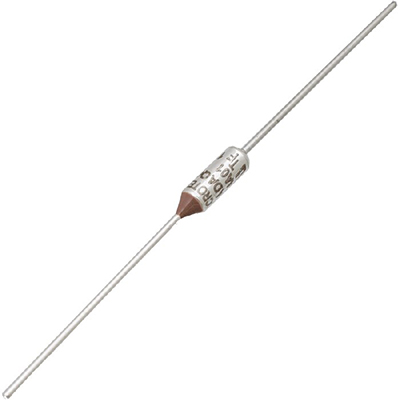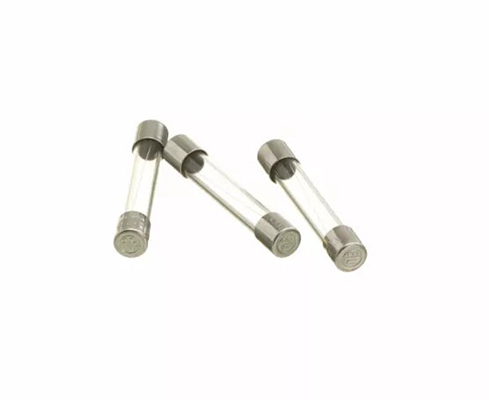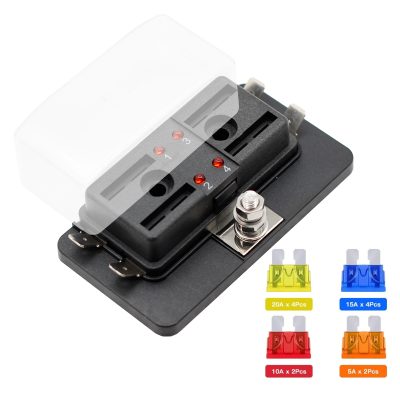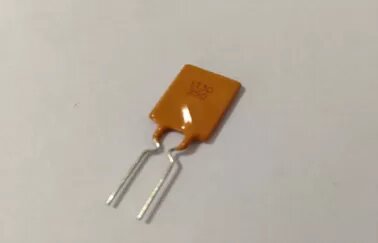Thermal Fuses in Car Power Inverters: Key Mechanisms for Overheating Protection and Safety Features
News 2025-10-27
In the realm of automotive electronics, thermal fuses serve as critical components to prevent damage from overheating in car power inverters. These devices automatically interrupt electrical circuits when temperatures exceed safe limits, ensuring the longevity and reliability of power systems in vehicles. As cars increasingly rely on inverters for converting DC to AC power, thermal fuses play a pivotal role in safeguarding against potential fires or failures, making them indispensable in modern automotive designs.

Thermal fuses find extensive use in various automotive contexts, particularly within power inverters that supply electricity to devices like laptops or appliances on the road. In electric and hybrid vehicles, they protect sensitive inverter components from heat generated during high-demand operations, such as rapid acceleration or accessory usage. This application extends to aftermarket inverters in standard cars, where they enhance safety by responding swiftly to thermal spikes in confined engine compartments.
One of the standout benefits of thermal fuses is their rapid response time, which halts current flow almost instantly upon detecting excessive heat, thereby minimizing risks of component degradation. Their compact design allows seamless integration into tight spaces within inverters, while offering high durability against vibrations and environmental factors common in vehicles. Additionally, these fuses provide cost-effective protection without compromising the efficiency of power conversion processes.
When choosing thermal fuses for car power inverters, factors like rated temperature and current capacity are essential to match specific vehicle requirements. Options with precise calibration ensure optimal performance across different driving conditions, from city traffic to long highway trips. This selection process helps maintain overall system integrity, preventing unnecessary downtime or repairs. Now, here are three brief questions and answers related to this topic:


